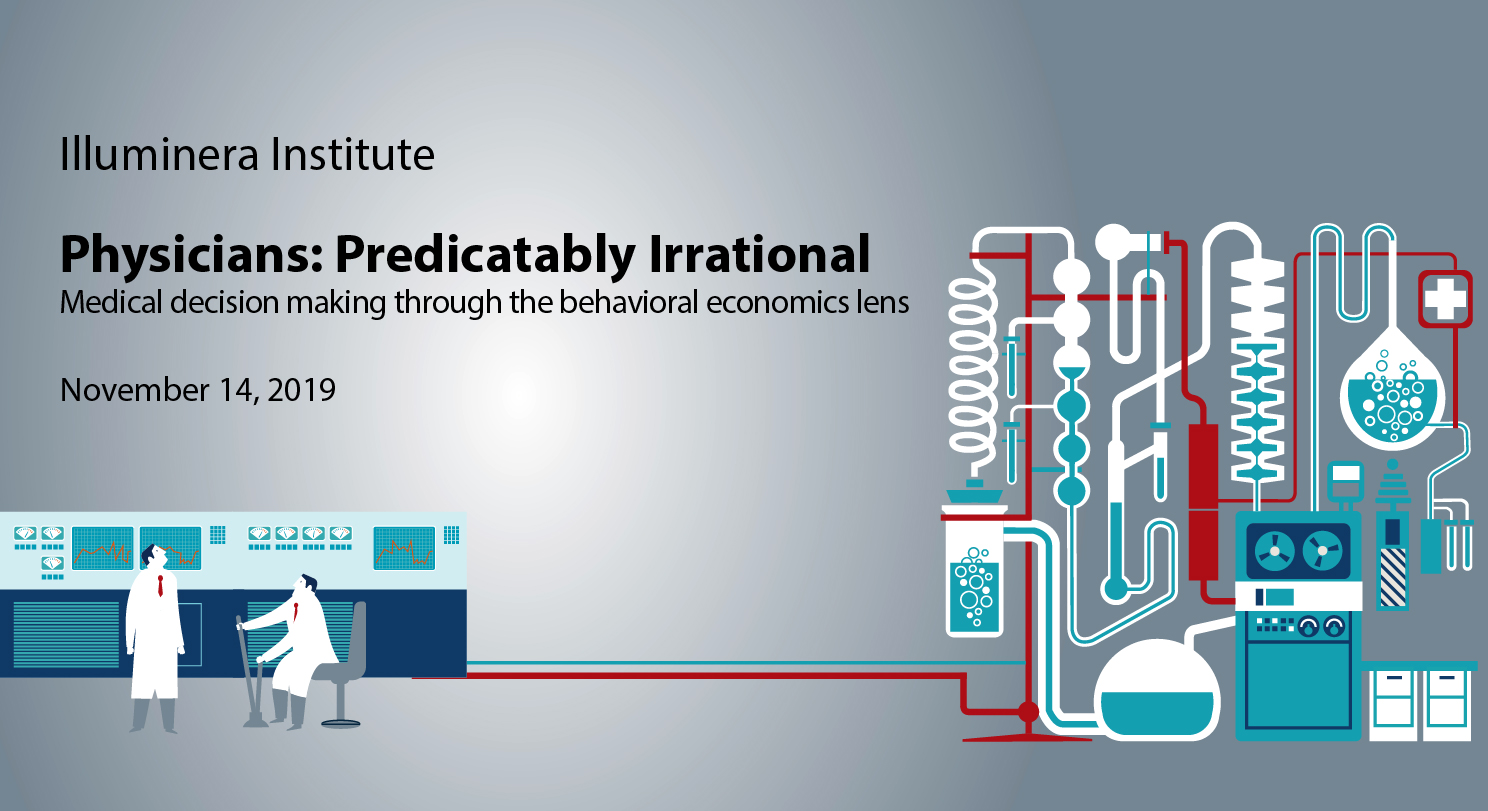
» Understanding the physicians’ and patients’ decision making
» The commonly operating key heuristics
- availability, representative and anchoring bias
» Learning to use priming and framing to enhance efficiency of communication
» Re-anchoring the way key stakeholders assess the worth of a product
Given their dedication to science and logic, one would expect doctors to be the epitome of rational decision making. Their decisions should be based on evidence, and their choices should be those which maximize the likelihood of recovery and cure. Similarly, patients should also make decisions about their health based on clear logic and rational choice.
However, our long experience of studying the decision making of both the physicians and patients seems to indicate otherwise. Doctors’ decisions are often influenced by availability and representative bias while ignoring the hard-core evidence in front of them. Their choices are often determined by the memory of their own experience, particularly those vivid cases where something unexpected transpired.
Patients, similarly, often seem unable to make choices even when some courses of action are clearly more desirable. Choices are influenced by probability weighting, social concerns, and emotional considerations.
This, of course, indicates that marketing and communication in healthcare cannot rest on mere communication of facts. The evidence has to be framed appropriately, and emotional as well as rational concerns should be addressed to nudge the doctors and patients to take the right decisions.
Senior marketing professionals
Ashok Sethi, Head of Illuminera Institute
Adele Wu, Director, IlluminHealth
